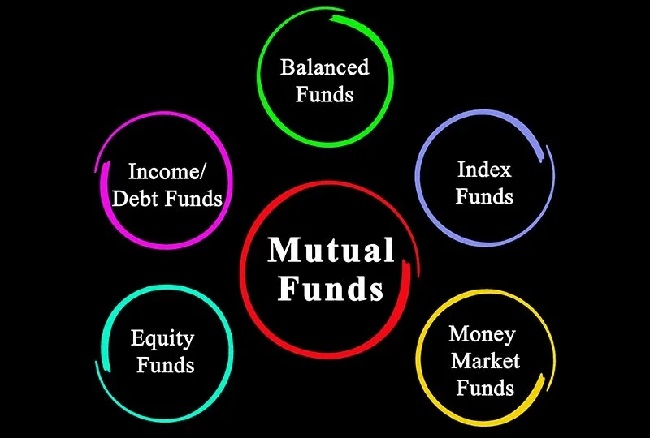Mutual funds have become an increasingly popular investment choice for individuals seeking diversified portfolios and professional management.
However, understanding the various types of mutual funds, their associated risks and limits, and the different classes they offer is crucial for making informed investment decisions.
In this SEO-optimized article, we’ll explore the world of mutual funds, breaking down the types, risks, limits, and classes to provide you with a comprehensive guide.

Contents
Types of Mutual Funds
- Equity Funds: Equity mutual funds primarily invest in stocks, providing investors with an opportunity to participate in the potential capital appreciation of companies. They come in various subtypes, including large-cap, mid-cap, small-cap, and sector-specific funds. These funds typically carry higher risk but also offer the potential for higher returns.
- Debt Funds: Debt mutual funds invest primarily in fixed-income securities like government bonds, corporate bonds, and other debt instruments. They are known for providing regular income and lower risk compared to equity funds.
- Hybrid Funds: Hybrid funds, also known as balanced funds, combine both equity and debt investments. They aim to balance risk and return by diversifying across asset classes. The risk profile of hybrid funds varies based on their asset allocation.
- Money Market Funds: Money market funds invest in short-term, highly liquid securities like Treasury bills and commercial paper. These funds are known for stability and low risk, making them suitable for preserving capital and earning a modest return.
- Index Funds: Index mutual funds aim to replicate the performance of a specific market index, such as the S&P 500. They offer diversification at a low cost and are considered a passive investment option.
Risks and Limits of Mutual Funds
- Market Risk: All mutual funds are subject to market risk, meaning the value of the fund’s assets can fluctuate due to changes in market conditions. Equity funds, in particular, carry a higher degree of market risk.
- Interest Rate Risk: Debt funds are exposed to interest rate risk. When interest rates rise, the value of existing bonds in the fund may decrease, leading to capital losses for investors.
- Credit Risk: Debt funds also carry credit risk, which is the risk that the issuer of the bonds held by the fund may default on their interest or principal payments.
- Liquidity Risk: Some mutual funds may invest in less liquid securities, making it challenging to sell assets quickly without affecting their prices. This can pose liquidity risk for investors.
- Expense Ratios: Mutual funds charge expenses, including management fees and operating costs, which can reduce the overall returns for investors. It’s essential to consider expense ratios when choosing a fund.
- Redemption Limits: Some funds may impose redemption limits, meaning investors can only redeem a certain percentage of their holdings within a specified time frame. This is more common in open-end funds during times of high redemption requests.
Different Classes of Mutual Funds
Many mutual funds offer different classes of shares, each with its fee structure and expense ratios. The most common classes include:
- Class A Shares: These typically come with an upfront sales charge (front-end load) and lower ongoing fees. They are suitable for long-term investors.
- Class B Shares: These do not have upfront sales charges but may have higher ongoing fees and a contingent deferred sales charge (CDSC) if the shares are redeemed within a certain period.
- Class C Shares: These do not have upfront sales charges but often have higher ongoing expenses and a lower CDSC than Class B shares.
- Institutional Shares: These are typically offered to institutional investors and have lower expense ratios than retail shares.
- Advisor Shares: These are designed for investors who work with financial advisors. They may have different fee structures based on the advisor’s compensation.
Read Also:
Conclusion
Mutual funds offer investors a wide range of options to meet their financial goals, from aggressive equity funds to conservative money market funds. Understanding the types, risks, and limits associated with mutual funds is essential for creating a diversified investment portfolio that aligns with your risk tolerance and investment objectives.
Additionally, considering the different classes of shares available can help you make an informed choice about the cost structure of your investments.
Always consult with a financial advisor or do thorough research before investing in mutual funds to make the most suitable decisions for your financial future.






















